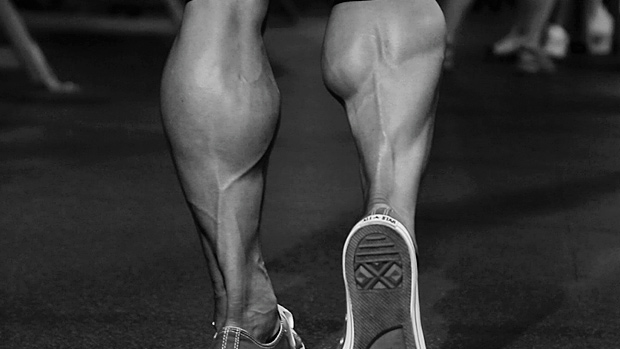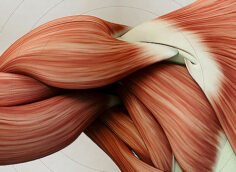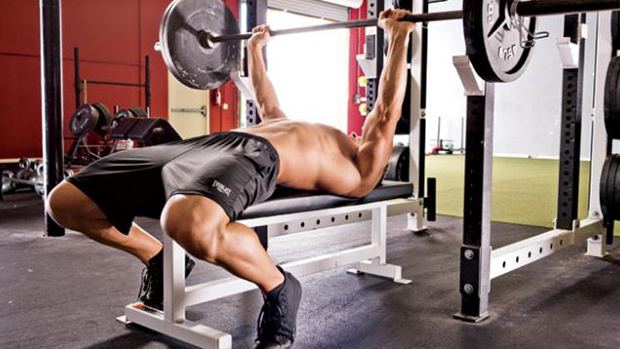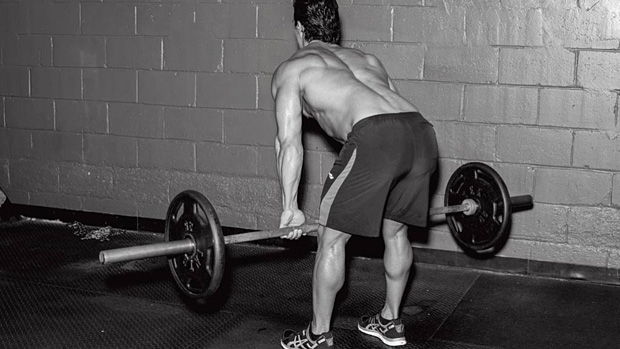Stubborn, But Buildable
Most people don't put enough effort into calf training. They say, "You're either born with big calves or not. It's all genetics." Yes, calves are stubborn. But so is your girlfriend, and you haven't given up on her yet.
It's not your muscle belly length or insertion points. It's that you don't know how to train your calves in a way that'll get them to respond. The calves play a part in helping the hamstrings with knee flexion. The lesser-known muscles of the deep flexor group also work to maintain the medial arch and prevent pronation of the ankle which (along with a weak glute medius) can contribute to "knee cave" or valgus collapse.
When that happens, the hips and glutes play a smaller role in the squat, and adductors end up taking the brunt of the tension to perform the movement. Ideally, you'd get all of those muscle groups involved. That way the load is distributed throughout a larger area and adequate tension distribution is achieved. But if the ankles over-pronate or if they come off the floor, then a tight Achilles tendon and inflexible calves are usually part of the problem. So you need to increase flexibility in the calves, strengthen them, and get them to grow.
What to Do
Use the standing calf raise. Oh, you tried that already? Probably not the right way. For starters, the Achilles tendon is the thickest tendon in the body and is built for dynamic/explosive movement. So when you get on a standing calf raise machine and bounce up and down, the Achilles has no problem performing that work, taking most of the tension off the calves. In order to shift that work to the calves, you need to remove as much of the stretch reflex as possible and focus on maximally lengthening and shortening the muscles.
8-Second Reps for Calves
- Hold the stretch position (bottom) for 5 seconds on every rep.
- Then hold the contracted position (top) for 3 seconds on every rep.
- Lower slowly and repeat.
Try 4 sets of 12 reps, rotating through different calf exercises each time you work them. Do this at least twice a week.
If you've been bouncing all this time, then be prepared to actually feel your calves working for the first time ever. Also be prepared for a tremendous amount of soreness. The extended time in the stretch position will also help take care of a tight Achilles.





